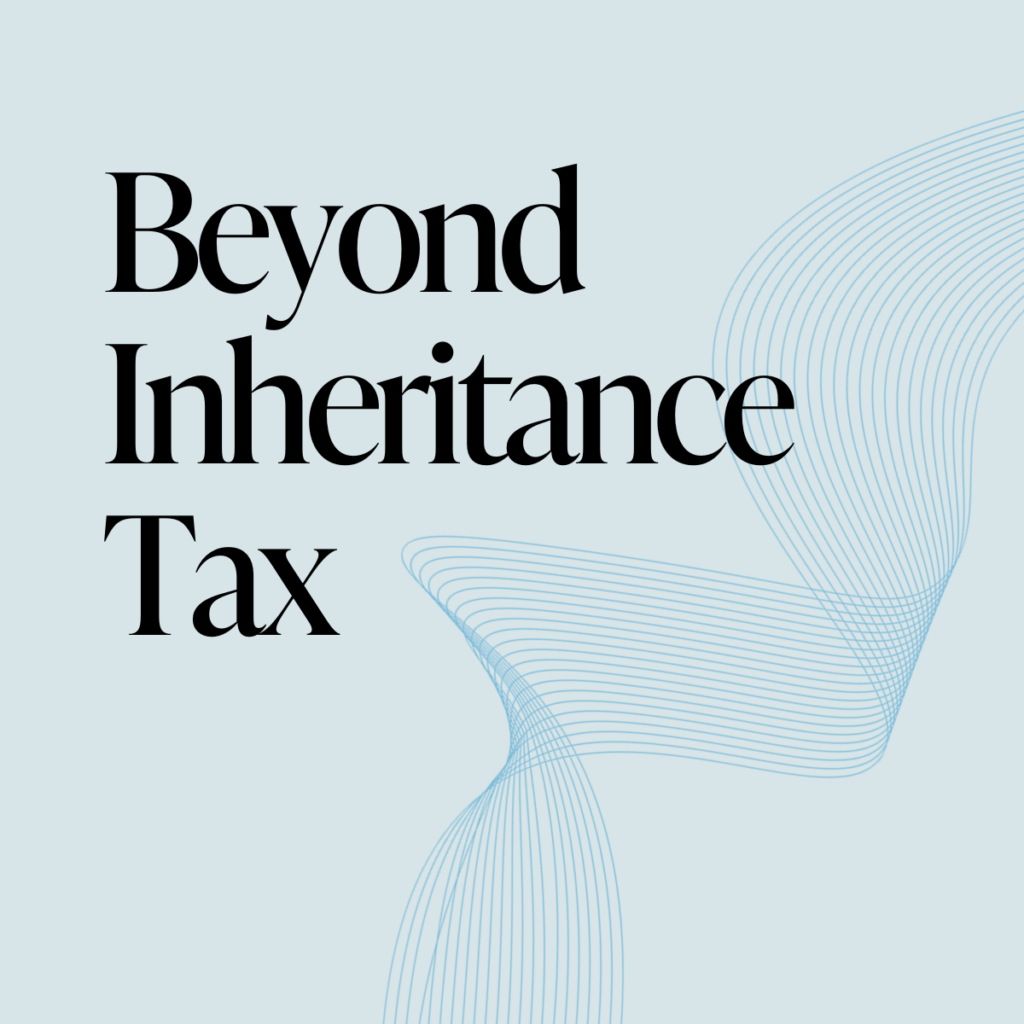Insights
How to create your business exit strategy
We explore some of the key points to consider when creating an exit plan for your business, as well as some common exit strategy examples.
16 November 2024
Exiting a business, whether by trade sale, private equity deal or initial public offering (IPO), is the end goal for many entrepreneurs. And having an effective exit strategy in place can help maximise the value of your company, while allowing you to cash out when the time is right.
Research suggests, however, that 48% of entrepreneurs wanting to exit their business in the future have no exit strategy in place.
While it’s true that many factors involved in the exit process will be outside of your control, that’s all the more reason to prepare with a well-thought-out exit strategy from day one. Read on to learn about different types of exits, and some of the key points to consider when developing an exit plan for your business.
What is a business exit strategy?
When a founder or business owner ‘exits’, they will sell all or some of their shares in their company, in order to no longer hold a majority stake. And a business exit strategy essentially lays out their approach to doing so. This could range from simply transferring ownership to a family member to a more significant change, like being bought out by a competitor. No matter the exit route, a thorough and flexible exit strategy can help business owners to exit successfully and ensure a smooth transition for all stakeholders.
Why is it important to have an exit strategy?
An important part of business planning, effective exit strategies can:
- Provide valuable direction for entrepreneurs, when setting business objectives
- Guide decision making to increase your company’s valuation, for maximum returns at exit
- Inform your recruitment, training and succession planning process
- Mitigate risks for business owners, in case of unexpected events forcing a hasty exit
- Attract potential investors, particularly those focused on exits (like private equity firms and venture capitalists)
The importance of exit planning for entrepreneurs
Learn more
When should you start developing your business exit strategy?
The most successful entrepreneurs consider their exit strategy in the early stages of building a new business. Early exit planning is important because of the amount of groundwork that needs to be completed in the run-up to an exit. Having a formalised strategy, with contingency plans in place, can make the process run more smoothly and means you’re prepared to move when the time is right (whether that’s driven by personal circumstances or market conditions).
Long-term exit planning may also help your business in raising capital, as some investors will insist on seeing your business exit plan, to ensure there’s potential for a high return on investment (ROI).
“Ideally, you should make your exit part of your strategic thinking from the beginning,” says Fiona Lowry, Founder of The Good Care Group. “But you should also be flexible and willing to change your plan based on how you’re perceived by the market.” The care services provider, one of our former portfolio companies, was successfully sold to Sodexo UK in 2019. The exit delivered strong returns for all shareholders, including a significant number of employee stakeholders.
Types of exit strategies
Perhaps the most crucial aspect of your exit strategy is choosing the right method of exit. There’s no one-size-fits-all template for you to follow, as the best exit strategy will depend on your company’s size, industry and growth plans, among other factors. But these are some of the most common exit strategies for startups and growing companies:
Mergers and acquisitions
Often referred to as M&A, exiting via a merger or acquisition involves selling a business — either wholly or in part — to another company.
For growing companies, a common type of M&A is a trade sale, where a company is sold to another business, typically operating in the same market sector. The founder may leave the company or stay closely involved, depending on the terms of the deal.
The due diligence required for a trade sale, though rigorous, tends to be far less complex and time-consuming than other exit strategies (such as IPOs).
Often a competitor or larger organisation, the new owners may be looking to increase their geographic footprint or diversify their product offering — or they may buy the company in order to acquire its infrastructure, talent or intellectual property (IP). As well as being a popular exit route for business owners, strategic acquisitions can be an effective growth strategy for the buyers too.
IPOs
An initial public offering (IPO) refers to the process of offering shares to the public for the first time — also known as ‘going public’. After an IPO, a company’s shares will be listed on a stock exchange, where they can then be traded.
Due to the significant capital that can be generated by going public, many ambitious businesses aim to IPO one day. But this exit strategy requires considerable preparation, as a business must ensure there’s sufficient demand for its shares, in order to IPO successfully.
While the preparations needed are similar to other exit routes, it’s arguably more rigorous for an IPO, given the greater level of scrutiny likely to be applied to a business before it floats.
Management buyouts
A management buyout (MBO) is a business sale that involves a majority stake being bought by its existing management team. A successful MBO can help to ensure business continuity, and can be motivating for employees taking ownership of the company. The management team will often use external financing, such as loans from banks or private equity funds, to help fund the deal.
Private equity deals
Another option for business owners looking to exit is to sell all or part of the company to a private equity firm. Depending on the terms of the transaction, some private equity firms may make structural changes to the business post-deal, to increase the company’s profitability and valuation. They may also inject additional capital and provide strategic guidance. Private equity firms will typically aim to generate a significant return on their investment within a few years of the deal.
Family succession
For growing family businesses, succession planning is often central to their exit strategies. Family succession involves the transfer of business ownership to a family member. While keeping the business within the family, family succession still requires careful planning, to address the potential challenges that can arise from such a leadership transition.
Key considerations when creating your business exit strategy
As well as deciding on the type of exit you want to pursue, there are a number of other factors to consider, as part of your business exit strategy.
Determine your exit goals as early as possible
The first step of any good exit strategy is to establish a set of objectives for the exit. Business owners should ask themselves:
- Do I want to retain a share of the business?
- What should the ownership and management structure look like?
- Do I want to stay in a decision making role post-exit?
- Do I want the business to continue operating in the same way?
- What is the optimum company valuation at the time of exit?
Establish the valuation of your business
Determining the value of your business is another important step in any exit strategy. The potential sale value of a business takes into account available business assets, resources, capital and liabilities. It’s also affected by factors such as profitability, industry, debt-to-equity ratios, stability of contracts, the company’s reliance on suppliers, and the loyalty of its customers.
Usually, exit strategies will focus on increasing your company’s valuation to maximise returns. Prioritising net income in the period leading up to a planned exit is one way of doing this, so having a strategy in place to scale back expenditure could be key. Potential buyers may also try to find vulnerabilities that will allow them to chip away at the purchase price — an exit strategy should focus on finding and addressing these weaknesses in advance.
Business valuations are often carried out with the help of financial advisers, who can bring in external perspective and expertise.
Generate interest from potential buyers
Great companies always attract buyers, but engaging with the market in a thoughtful way can help raise your profile, and increase the sale price of your business (especially if there’s competitive tension in the market). Whatever type of exit you choose, your exit strategy should include a plan for generating interest in the business and making potential buyers aware that an exit is coming.
You can increase your profile in the market through things like PR, conferences and awards. Meanwhile, to help identify potential buyers, you may want to engage financial advisers, who can help you approach private equity firms or acquisitive businesses with a strong track record in your sector.
Again, starting early is crucial. Begin conversations with potential buyers when you’re about a year off. You’ll also want to ensure that all your documentation is in order before starting the process, such as financials, and legal and commercial documents. Prepare detailed information packs highlighting the company’s strengths, financial performance, and future growth opportunities.
How do you know when it’s the right time to exit your business?
The truth is that it’s not always possible to know when to exit, since there are so many factors to consider and market conditions can change quickly. But this uncertainty further underlines the importance of preparation and flexibility, when it comes to exits.
Alan Sampson, CEO and Co-Founder of software reseller Solid Solutions, said he was able to anticipate his company’s successful exit in 2020 because his industry was in consolidation. “We were constantly looking at different trade options,” he said. “We were having conversations, maintaining relationships. Our ideal was to get several potential buyers bidding at the same time.”
What should you do if an exit goes wrong?
A successful exit means having all the pieces in the right place. It can be a long, challenging process, and there are likely to be bumps in the road. Even with the best planning, exit strategies can go off course, often due to external events beyond the control of management teams or shareholders. While this can be demoralising, a failed exit is not the end of the journey – it’s an opportunity to regroup and try a different approach.
Our experience at BGF is that a failed exit can sometimes be a blessing in disguise. For instance, in 2021, we successful exited our investment in data security business Semafone, when it was acquired by private equity firm Livingbridge. The exit achieved a 6.4x return — significantly higher than the return expected when the company initially went to market some years earlier. Sometimes it pays to wait.
How BGF can help you develop a successful exit strategy
We’re highly experienced in helping entrepreneurs to develop their exit strategies, for both small businesses and more established companies. Throughout our investment, we work in partnership with founders and management teams, to prepare them for a successful exit event.
One example is Uform, a Northern Irish manufacturing business, which grew 40% YoY during our investment period. In 2022, the business completed a successful exit, when it was acquired by Irish private equity fund Cardinal Ireland Partners. Following the deal, we reinvested in Uform and remain a minority shareholder. Hear from Uform’s co-founder Eamon Donnelly here or watch his interview below.
To find out more about our investment approach, and how we support founders to create and executive their exit strategies, introduce yourself to the team today.
The information contained in this article is for general information and use. It does not constitute any form of advice and is not intended to be relied upon in making any investment decision. Independent advice should always be sought as to whether a particular transaction is suitable having regard to your personal and financial circumstances.










